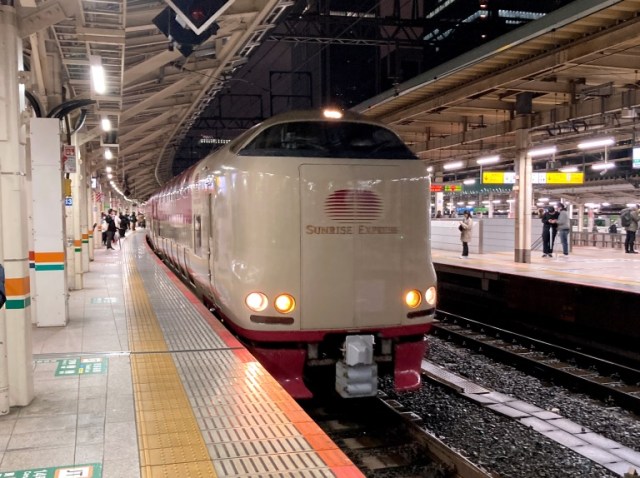
Mr. (and Mrs.) Sato ride the overnight rails back to his hometown on one of Japan’s coolest cross-country travel options.
Our ace reporter Mr. Sato might live and work in Tokyo, but he grew up in Shimane Prefecture. He’s still got family there too, so every year in February he takes a trip back to visit and reconnect with his roots in his hometown of Matsue.
But it’s a long way from Tokyo to Matsue.
Since there’s no Shinkansen bullet train line that goes to Shimane, usually Mr. Sato’s trips home involve a airplane ride. This year, though, he decided to make the trip by taking the Sunrise Izumo overnight train, which leaves from Tokyo Station and takes about 12 hours to reach Matsue.
It’s not easy to snag Sunrise Izumo tickets, though. Reservations can only be made one month in advance, and sometimes sell out in less than an hour after they go on sale at 10 o’clock in the morning. Using West Japan Railway’s Odekake.net website, though, and checking ticket availability as soon as reservations for his travel date opened, he managed to secure passage home.
▼ Note, though, that you still need to print out your tickets at a JR station kiosk prior to getting on the train.
And so it was that on a late-February night, Mr. Sato was standing on Platform 9 at Tokyo Station, waiting for the arrival of his train.
▼ Some of the text is a little scrunched, but 寝台特急サンライズ出雲 translates to “Sleeper Train Limited Express Sunrise Izumo”
Sunrise Izumo leaves Tokyo Station at 9:50 p.m., and even before Mr. Sato could see the train, he coud hear it.
Announcing its presence with a quick blast of its whistle, the train drew up to the platform, with Mr. Sato and other travelers pulling out their phones to snap a commemorative pic.
Right away, you can tell that the Sunrise Izumo is a special train, because of how may windows it has, with each “room” having its own.
Stepping inside, you’ll notice that the central passageway is pretty narrow, in order to maximize the interior space in the private rooms on both sides of the walkway.
Opening the door to his room, Mr. Sato found a clean, tidy space with a 196-centimeter (77.2-inch) long bed with sheets and pillow, and even a set of pajamas to sleep in.
It’s not palatial, but there was plenty of room for Mr. Sato to stretch out in, and he knew he was in for a cozy and comfortable ride.
▼ The clever cupholders by the windowsill to keep your drinks from tipping over are a nice touch.
The breakdown for the ticket price is a little complicated. There’s the standard fare from Tokyo to Matsue that Japan Railway charges regardless of which train you’re taking between those two points, an additional limited express train fee, and one more surcharge for the private room. Since you can’t really opt out of any of those charges with the Sunrise Izumo, you can basically just consider the ticket price as their total, which, for a single traveler, would be 25,110 yen (US$175), which isn’t a bad price considering you’re essentially getting transportation and a night of lodging out of the deal.
However, Mr. Sato’s ticket was a little more expensive, since his room had two beds…
…because he wasn’t traveling alone. Accompanying him on this overnight ride to Shimane was none other than his wife, Mrs. Sato.
▼ Rest assured that Mrs. Sato really did have an emoji-caliber smile at her excitement at getting the top bunk.
The total price for both of them to make the trip came to 46,120 yen, again, not bad since they didn’t have to pay for a hotel for the night.
Before we get underway, we should talk a little more about the route of Sunrise Izumo, which is actually two trains in one, Sunrise Izumo and Sunrise Seto, with the train splitting in half part-way along the route.
After leaving Tokyo, major stops include Yokohama, Odawara, Atami, Fuji, Shizuoka, Hamamatsu, Nagoya, Gifu, Osaka, Sannomiya (Kobe), Himeji and Okayama. After Okayama Station, Cars 1 through 7 head north on the Sunrise Izumo route, with stops at Kurashiki and Matsue, among others, before their final stop at Izumoshi Station in Izumo, Shimane Prefecture. Meanwhile, after Okayama Cars 8 through 14 head south to the island of Shikoku and ends up at Takamtasu in Kagawa Prefecture on the “Sunrise Seto” route.
▼ This is why the train’s destination is labeled as both Izumoshi and Takamatsu.
And yes, the trains run overnight in the reverse, towards-Tokyo direction too, leaving Izumoshi at 6:55 p.m. and Takamatsu at 9:26 p.m., arriving in Tokyo at 7:08 a.m.
Getting back to the amenities, inside Mr. Sato’s room was an alarm clock and controls for the lights and heater. There’s also a radio knob for NHK-FM broadcasts, but service has been discontinued, so you’ll need to supply your own tunes. There are also showers onboard the train, located in Cars 3 and 10, which can be used after purchasing a 330-yen shower card from the nearby vending machine.
And with all that, it’s now time to get underway!
Pulling out of Tokyo Station was a slightly surreal experience. Looking out the window at the other trains, Mr. Sato could see they were full of downtown Tokyo office workers on their way home, but Mr. Sato’s journey was just getting started.
While there’s no dining car on the Sunrise Izumo, leaving out of Tokyo Station gives you access to just about the biggest selection of bento boxed meals available anywhere in Japan, so Mr. Sato had made sure to grab one at one of the many in-station shops before boarding.
He’d picked a beef chanko bento, inspired by the flavors of chanko nabe hotpot, the traditional meal of in-training sumo wrestlers. If room-temperature hotpot sounds like an unappealing linguistic contradiction to you, fear not: this is one of Japan’s amazing special bento boxes that includes a heater that activates when you pull its string to warm up your food with no need for a microwave.
It would have been a tasty meal under any circumstances, but tucked into his own private room while riding the rails, it felt especially delicious.
About two hours after leaving Tokyo Station, they’d reached Atami, at the eastern end of Shizuoka Prefecture. Rain had started to fall, with waterdrops streaking the windows and the clouds overhead obscuring what was supposed to be that night’s full moon.
Warm and dry inside his room, though, Mr. Sato was perfectly comfortable, with the rhythmic clack of the tracks acting like a soothing white noise, combining with the rocking of the train to lull him into sleepiness as he sat up, enough so that he decided it was time to lie down completely and catch some Zs.
He briefly woke up somewhere around Kyoto. Peeking out the curtain, he could see that the train had passed out of the rainy weather, and he got to appreciate a little moonlight before closing the drape again and going back to sleep.
At around 5:30, the Sunrise Izumo pulls into Sannomiya Station in Kobe. By this time, regular trains have started running and people with early morning shifts are on their way to work, so the station was livelier than the others Mr. Sato had passed through in the middle of the night.
A little before 6:30, with the morning sun starting to come up, they reached Okayama. Like we mentioned above, this is where the train splits into two, so there’s a short stop while the JR workers carry out the procedure and new staff comes onboard. If you’re a rail fan, you can actually get off the train while this is going on and watch the work from the platform, though Mr. Sato decided to stay in bed.
After the train split, the Sunrise Izumo heads up the Hakubi Line, moving from the south side of Japan’s main island of Honshu to its north. In between the terrain gets more mountainous, the towns smaller, and the scenery more rural, with the shorter skylines giving Mr. Sato a nicely framed view of the morning sun. The nature of our work at SoraNews24 turns most of our staff into night owls, so it’s rare for us to see the sunrise without the foggy-headedness of having been up all night, but this was a beautiful, nicely rested exception for Mr. Sato.
▼ Sunrise on the Sunrise Izumo
Climbing into the mountains feels a bit like going back in time. Especially when the mists start creeping into the valleys, it’s easy to picture Japan’s ancient myths and folklore being born as people of eras past wondered about what sorts of things might be hiding just out of sight.
▼ To Mr. Sato’s still slightly sleepy eyes, this line of clouds looked like a dragon flying over the town.
This part of the route also had Mr. Sato thinking about more recent history. For example, before he made the move to Tokyo, Mr. Sato was a part-time construction worker whose projects included helping with track maintenance around Neu Station in Tottori Prefecture, Shimane’s neighbor to the east.
Once the Sunrise Izumo crossed over the border into Shimane, it passed by Auto Parlor Yasugi, which now houses a drone repair shop but which used to have a video game arcade that Mr. Sato frequented in his junior high days.
But things started to get really nostalgic once Mr. Sato caught sight of Nakaumi. Though its name translates to “inner sea,” Nakaumi is actually Japan’s fifth-largest lake, whose eastern half Matsue is wrapped around.
And Mr. Sato really knew he was back in his hometown when he passed by this apartment complex.
Long ago, Mr. Sato’s dad was a traveling craftsman, and when a job took him to Shimane, he met a local girl. The two of them got married, and after she gave birth to twin boys (Mr. Sato and his twin brother) they moved into an apartment in this complex, where they lived for the next 17 years, until the boys graduated from high school.
Mr. Sato spent his early childhood days fishing for crawdads in this river, and adventuring out into the hills to explore and build secret forts, coming home covered in mud. Many years have passed since then; his parents now live in a different part of town, and Mr. Sato has gotten a lot better at keeping his clothes clean. All the same, he was still coming home, and couldn’t help feeling a little bit like a kid again.
The Sunrise Izumo arrived at Matsue at 9:29 in the morning, almost 12 hours after leaving Tokyo and reminding Mr. Sato that he lives pretty far away from his hometown. But maybe a long trip back isn’t such a bad thing if it gives you time to think about how far you’ve come and the path you took to where you are now, plus gives you a chance to see some of the milestones you passed by on the way one more time.
Related: Sunrise Izumo official website (JR Odekake.net)
Photos ©SoraNews24
● Want to hear about SoraNews24’s latest articles as soon as they’re published? Follow us on Facebook and Twitter!
[ Read in Japanese ]

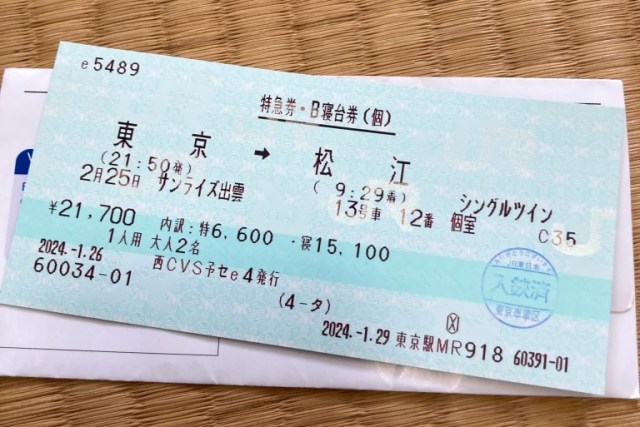
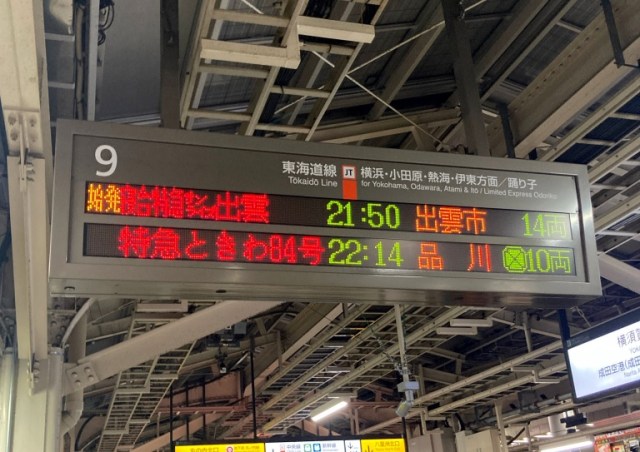
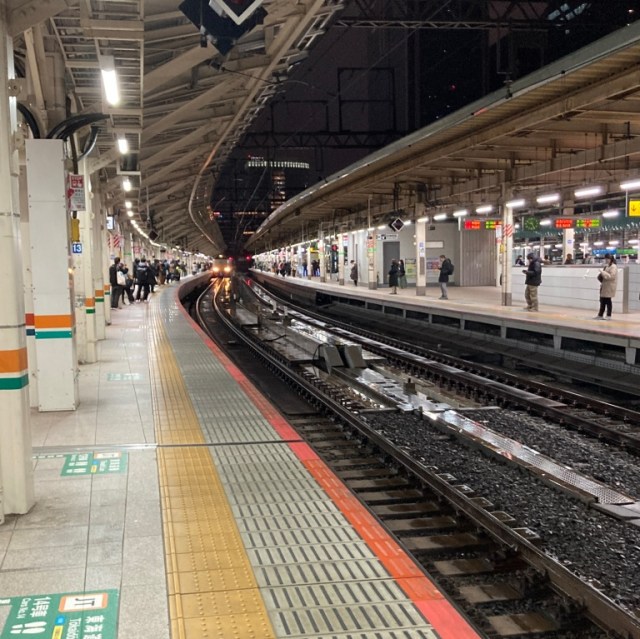
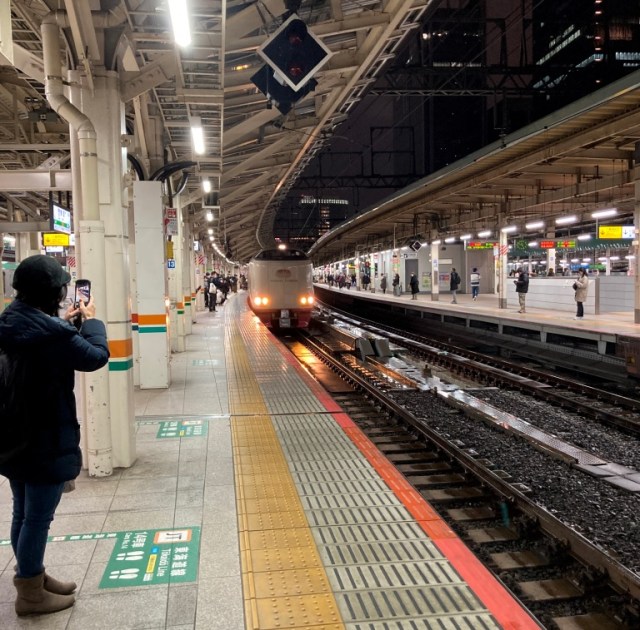

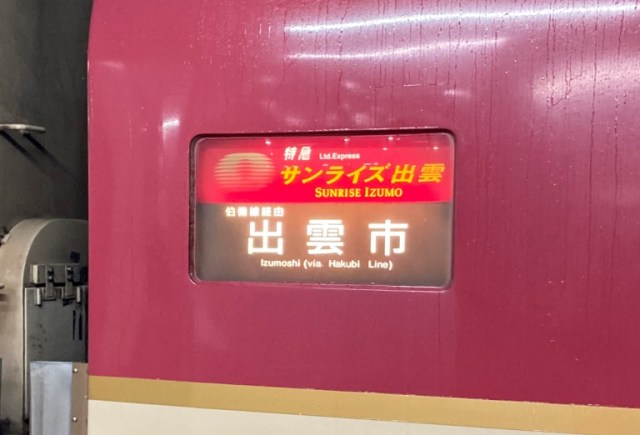
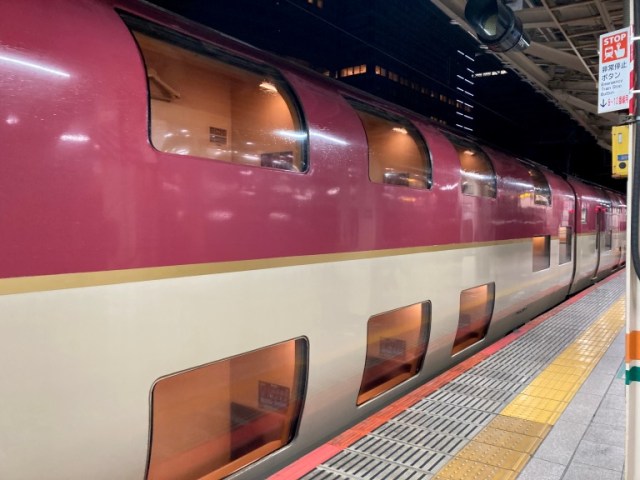
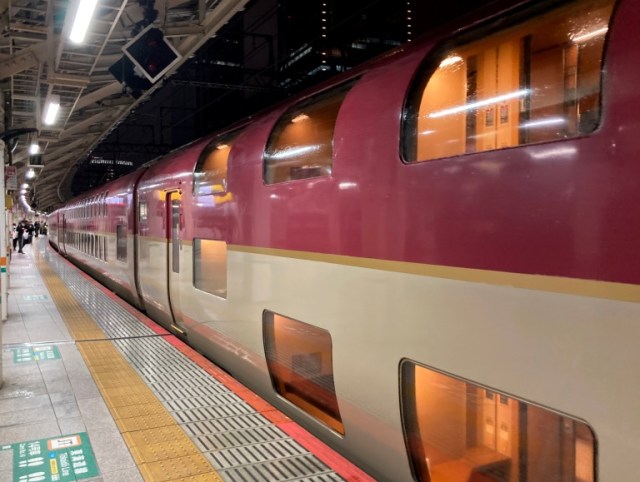
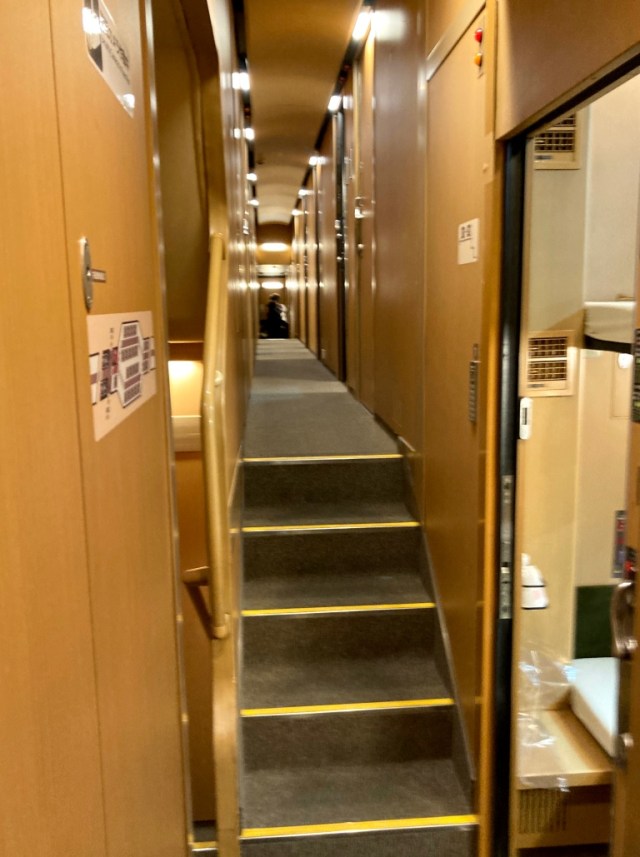
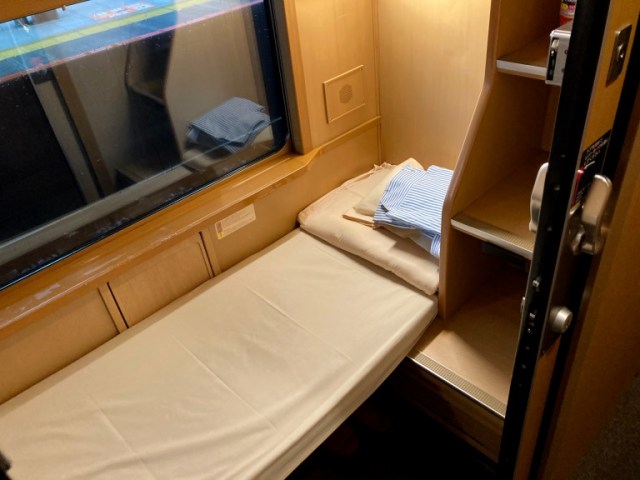
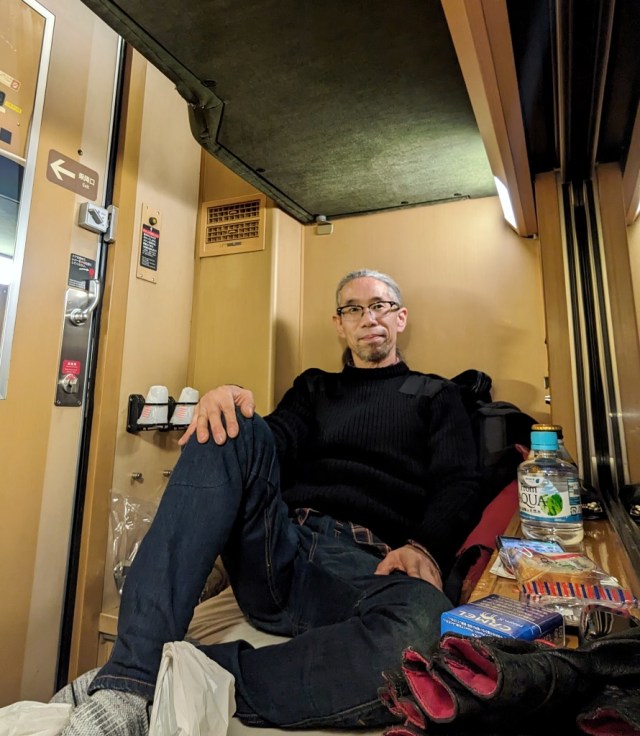
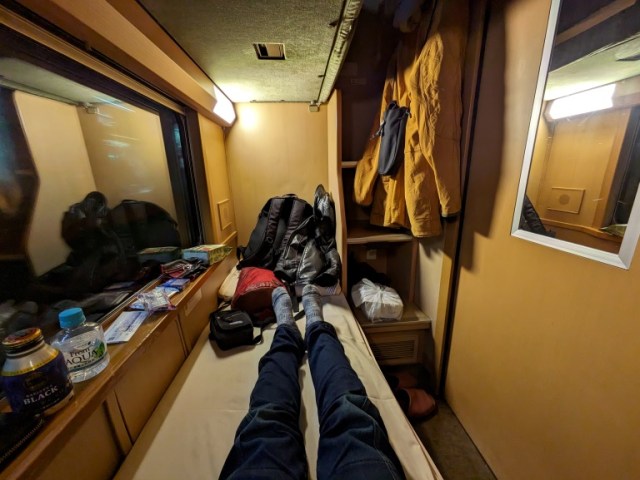
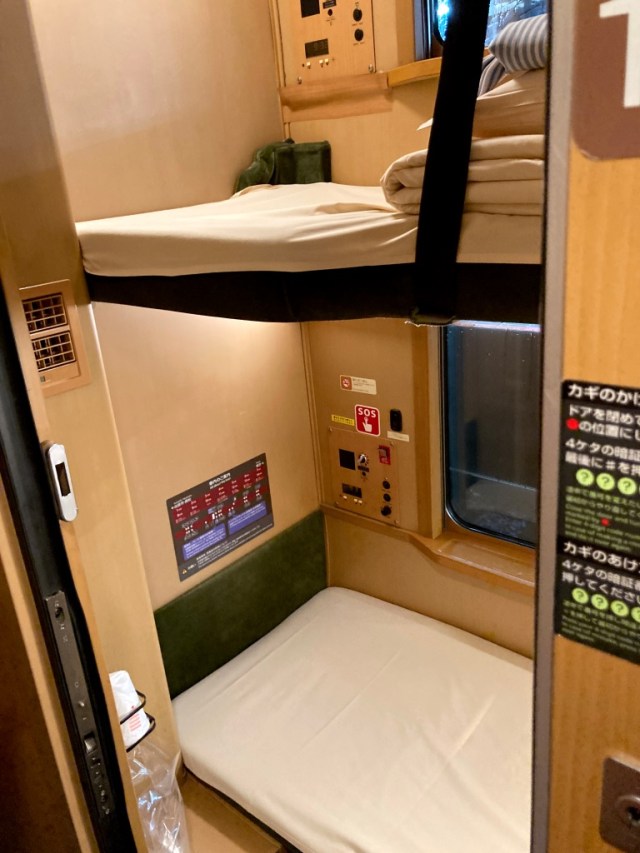
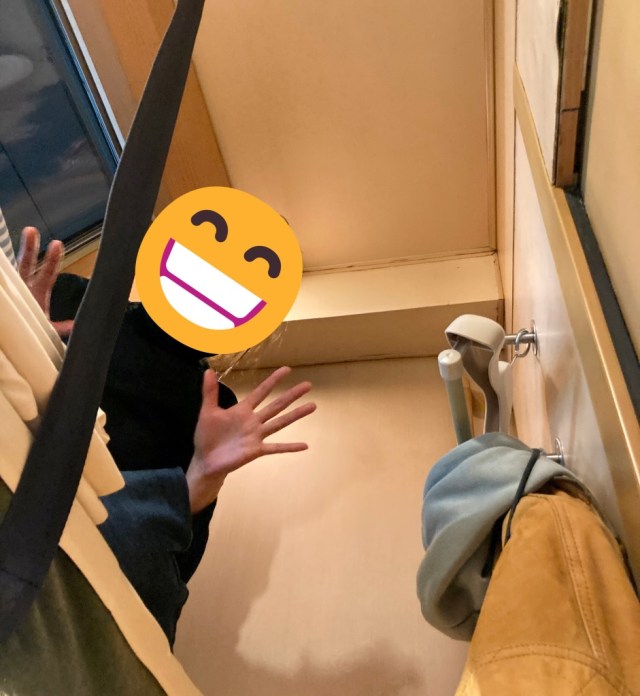
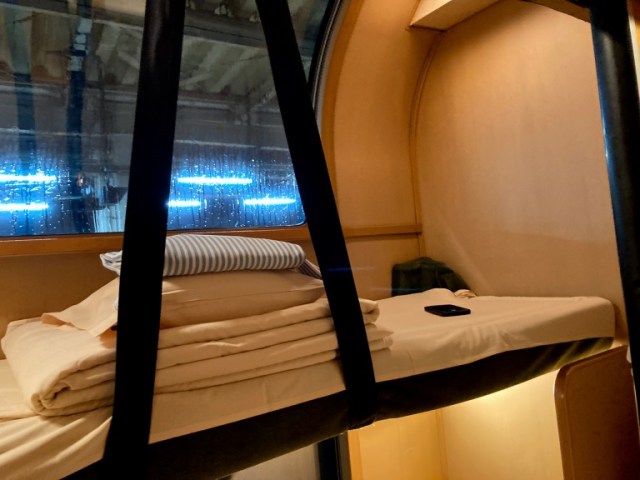
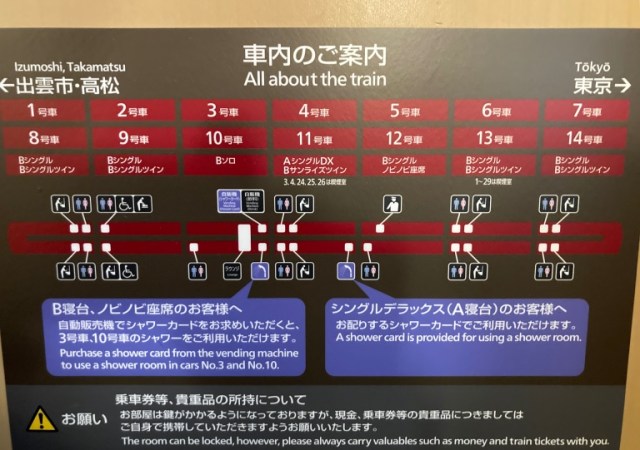
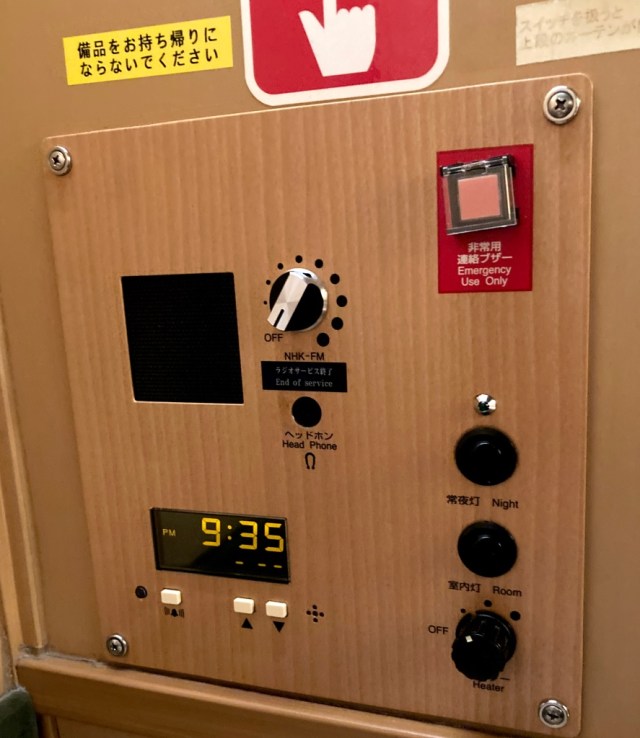
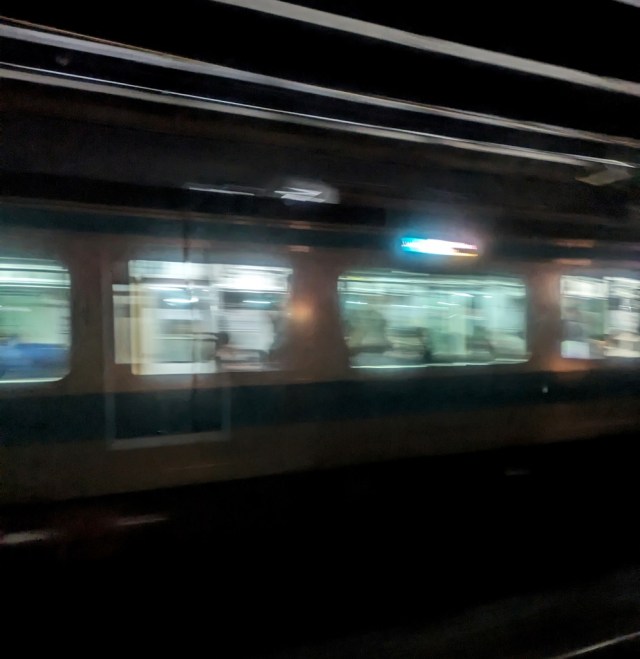
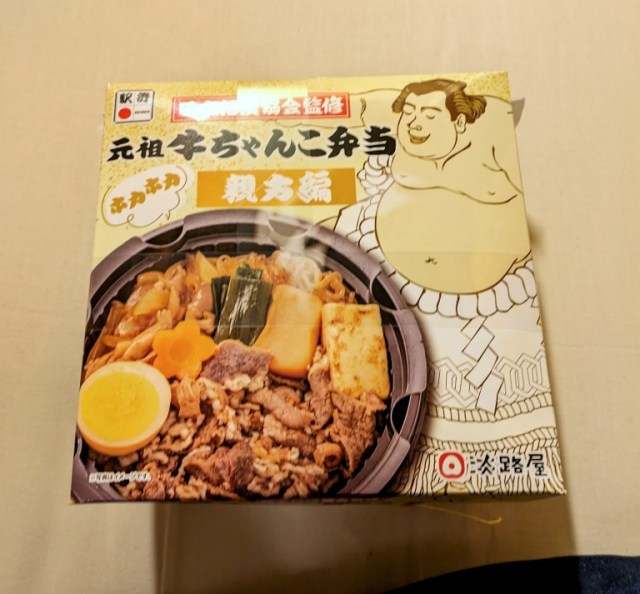
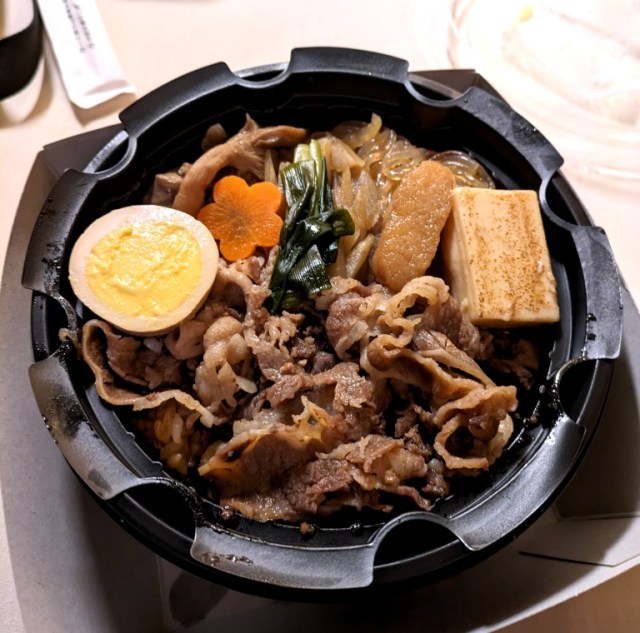
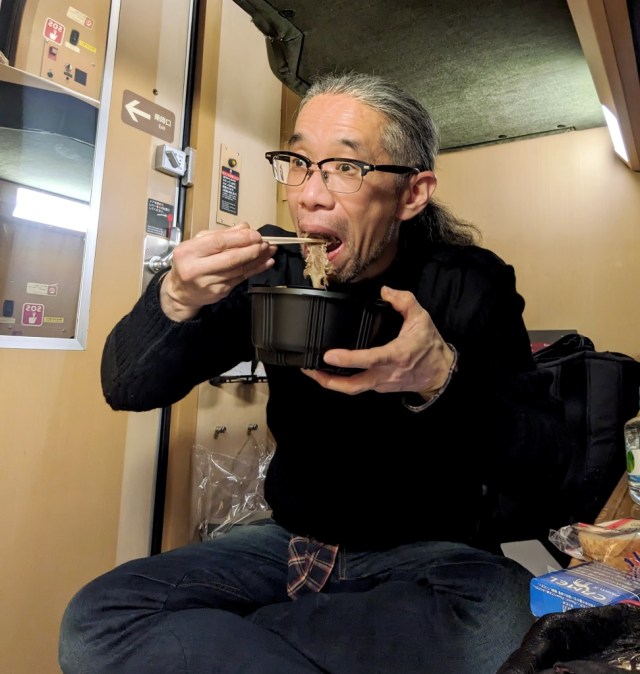
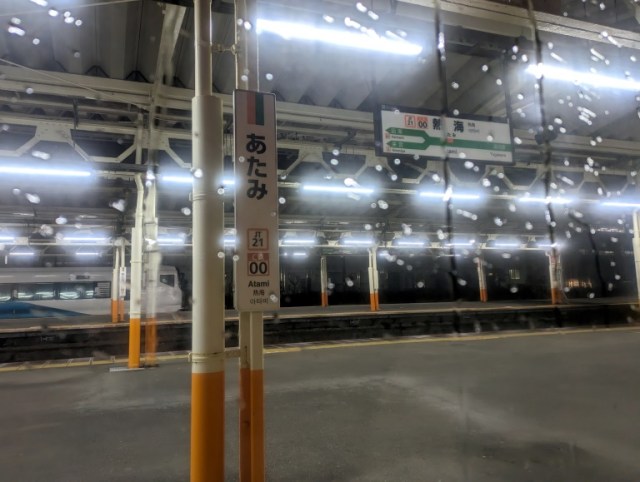
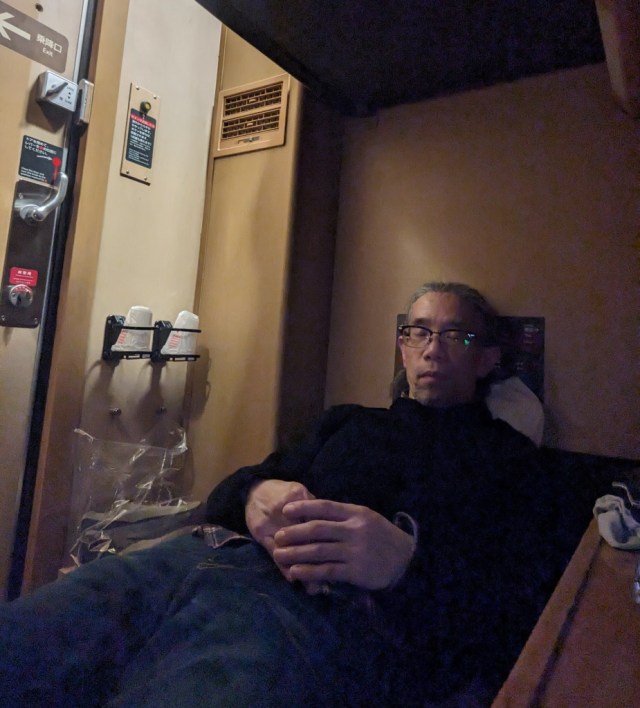
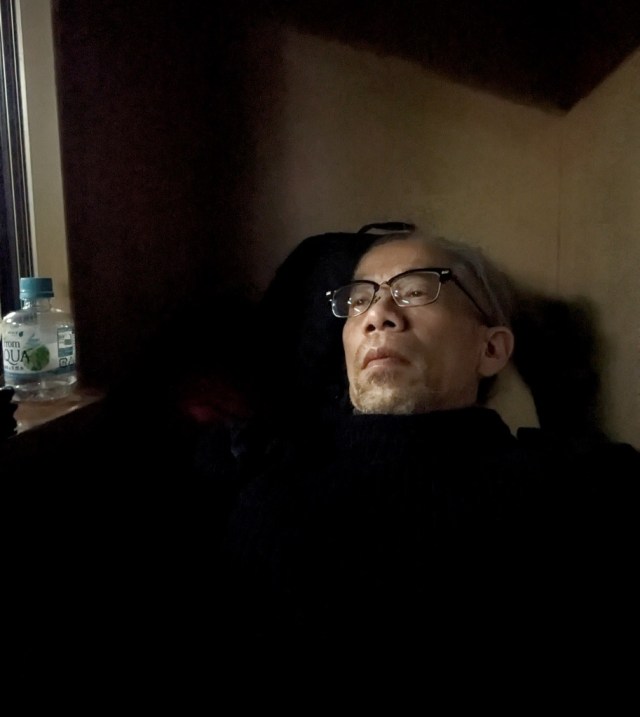
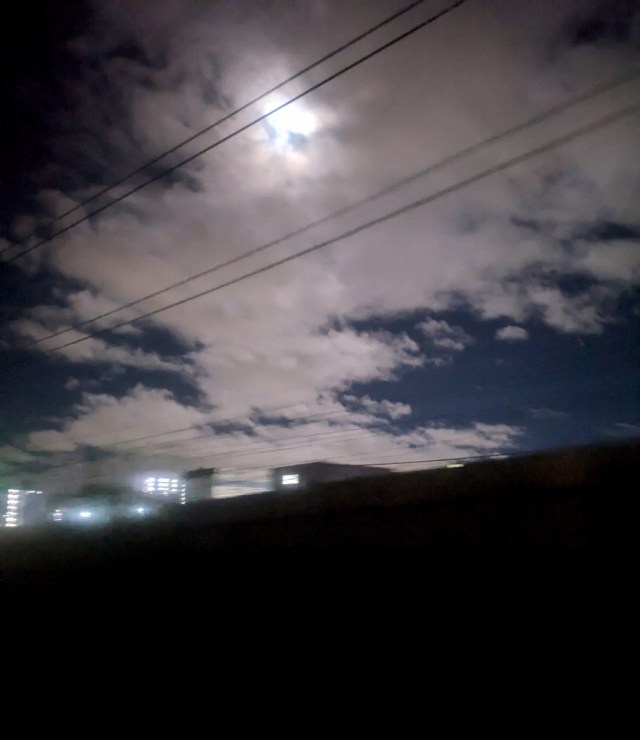
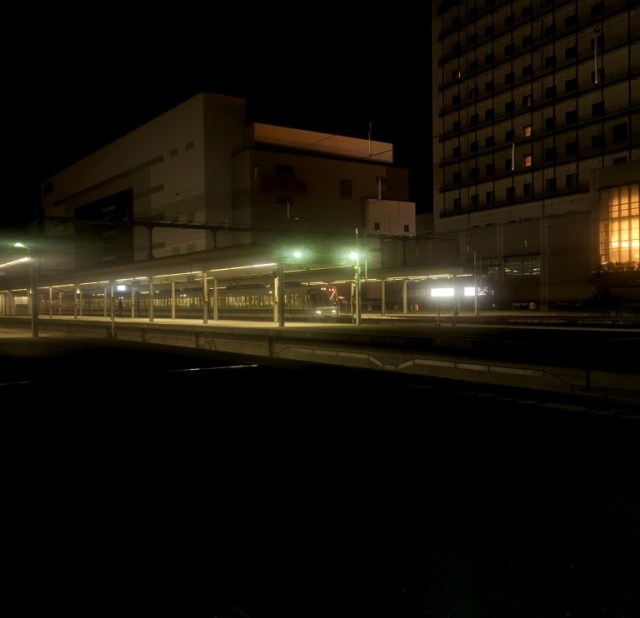
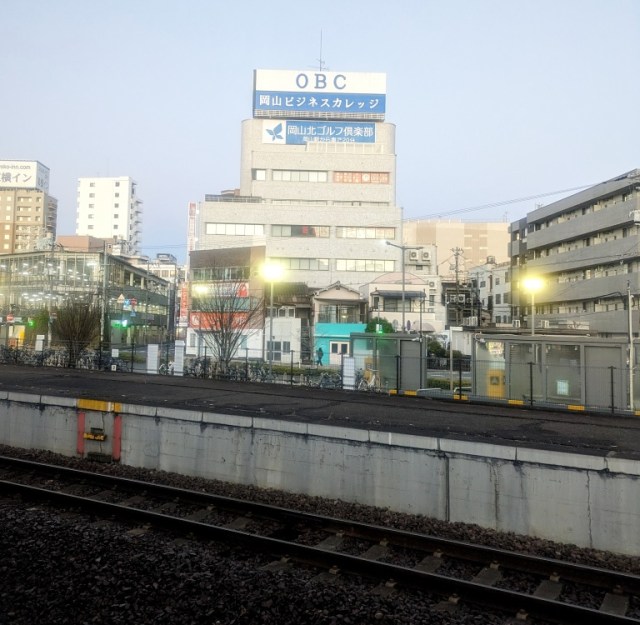
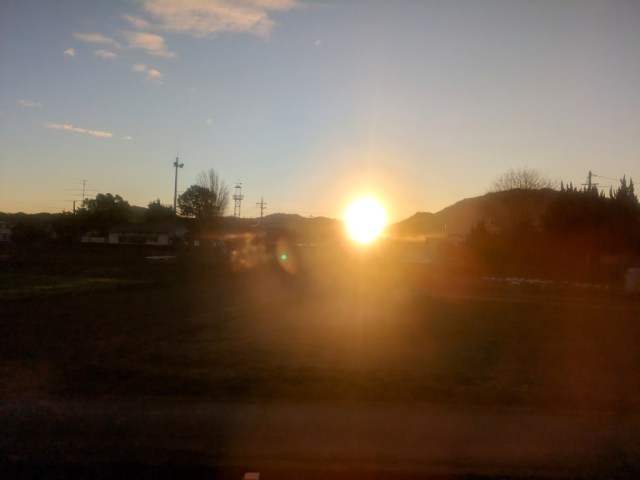
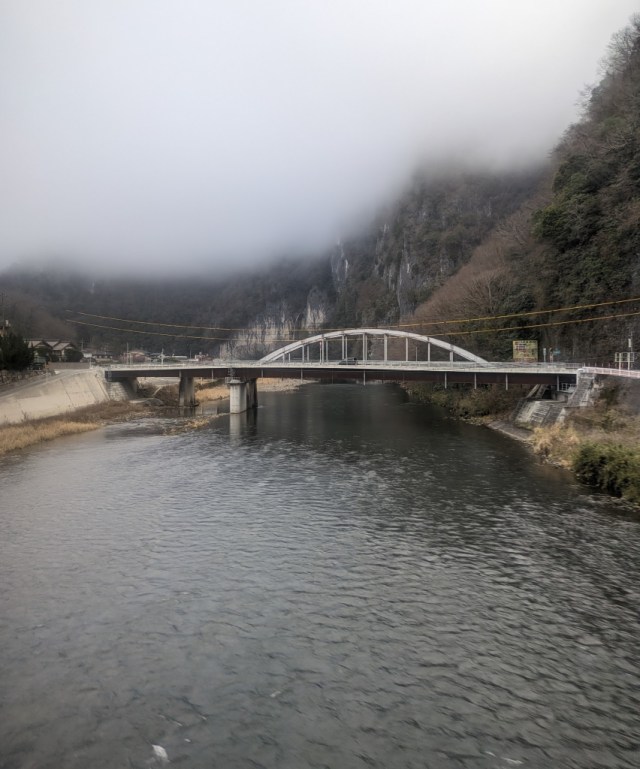
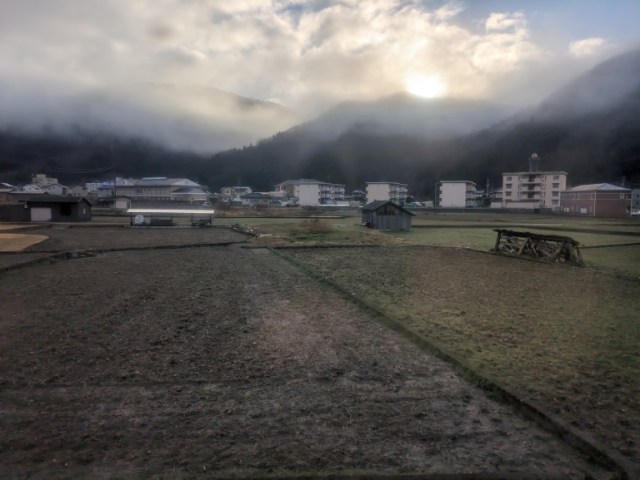
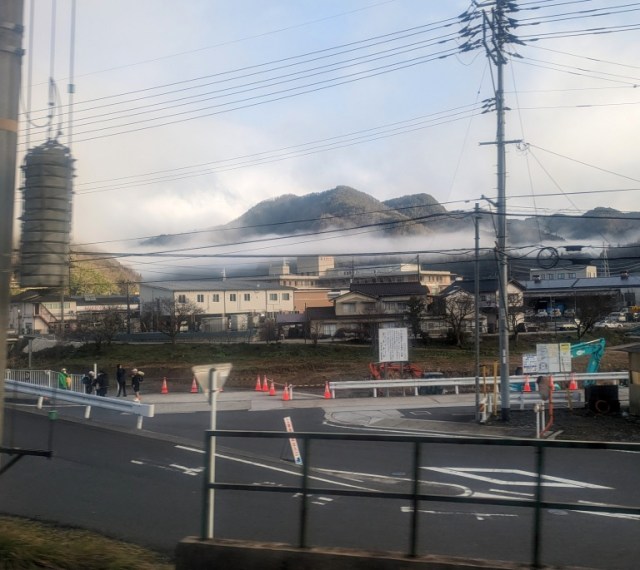
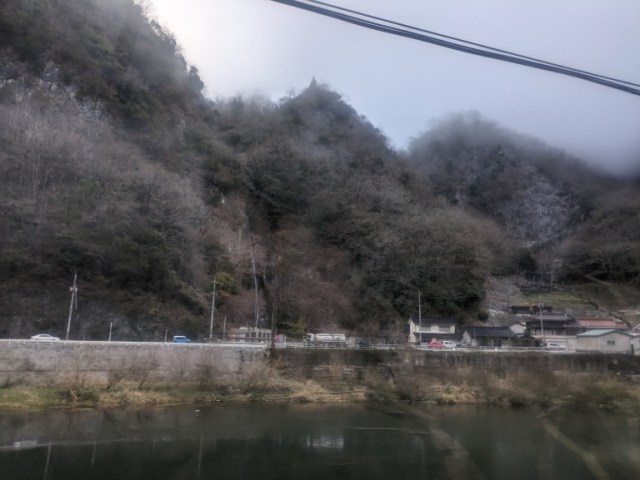
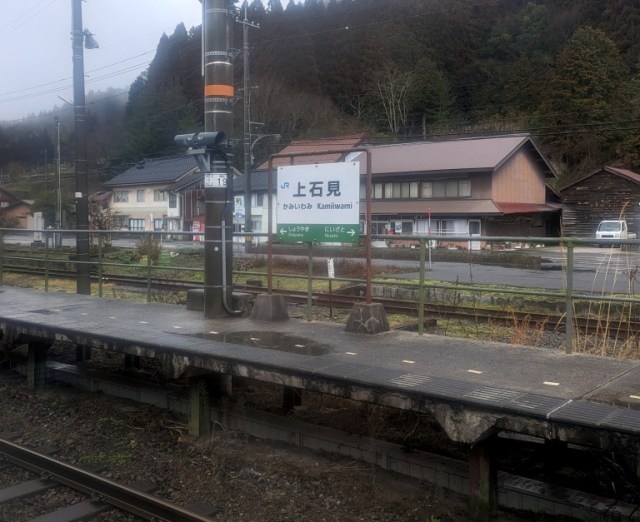
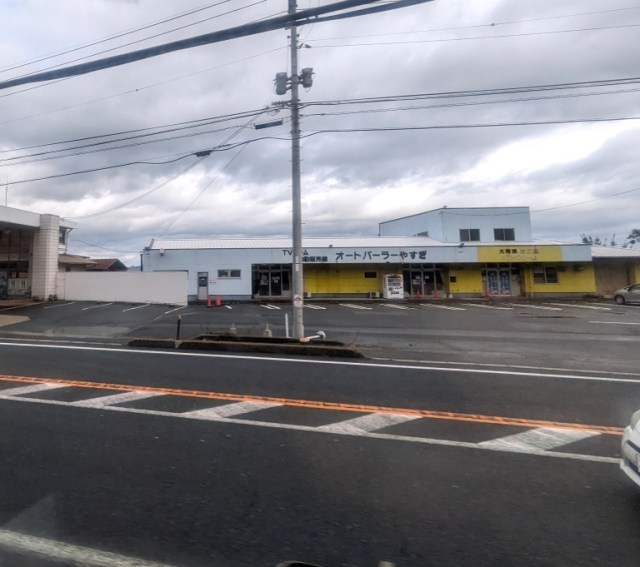
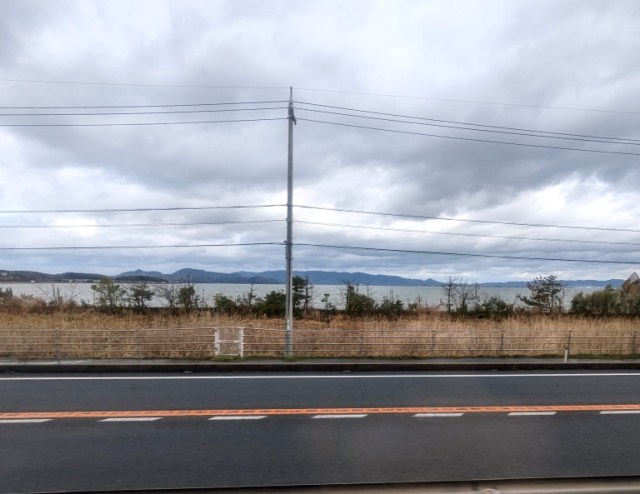
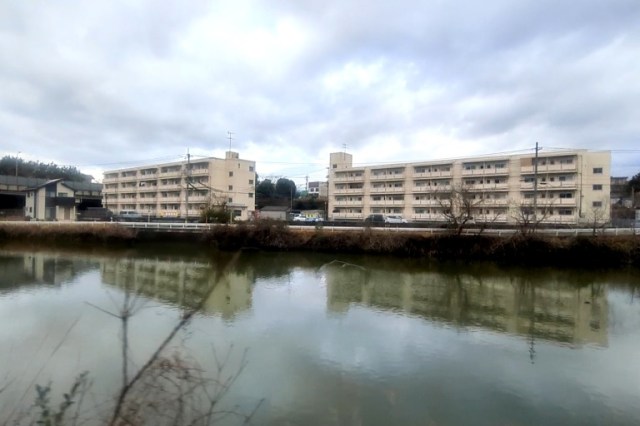
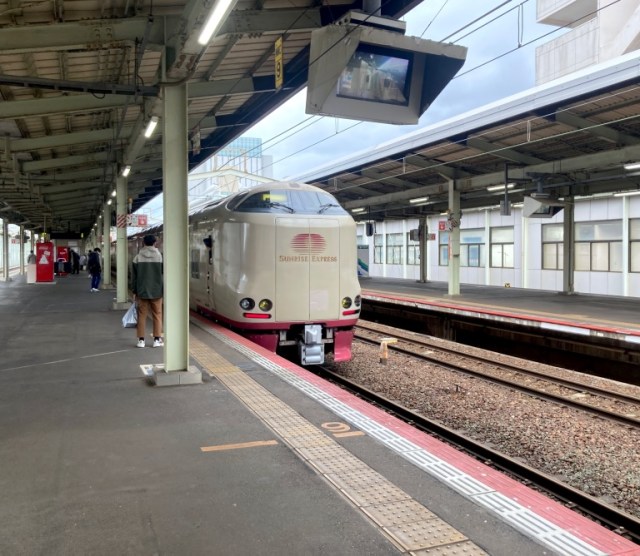
 Mr. Sato channels his inner Elsa, books a night at a Hokkaido ice hotel 【Photos】
Mr. Sato channels his inner Elsa, books a night at a Hokkaido ice hotel 【Photos】 Beautiful booth models and tasty chow – A non-car guide to the Tokyo Motor Show【Photos】
Beautiful booth models and tasty chow – A non-car guide to the Tokyo Motor Show【Photos】 “Prisoner of Short Ribs”: Yoshinoya’s first sister restaurant in 10 years (maybe 8?)【Taste test】
“Prisoner of Short Ribs”: Yoshinoya’s first sister restaurant in 10 years (maybe 8?)【Taste test】 Mr. Sato gets invited out to dinner by seven beautiful models, struggles to speak intelligibly
Mr. Sato gets invited out to dinner by seven beautiful models, struggles to speak intelligibly Izumo’s Starbucks, a stone’s throw away from the gathering place of Shinto’s eight million gods
Izumo’s Starbucks, a stone’s throw away from the gathering place of Shinto’s eight million gods Foreigner’s request for help in Tokyo makes us sad for the state of society
Foreigner’s request for help in Tokyo makes us sad for the state of society Japanese city loses residents’ personal data, which was on paper being transported on a windy day
Japanese city loses residents’ personal data, which was on paper being transported on a windy day Seaside scenery, history, and so many desserts on Yokohama’s Akai Kutsu【Japan Loop Buses】
Seaside scenery, history, and so many desserts on Yokohama’s Akai Kutsu【Japan Loop Buses】 Should you add tartar sauce to Japanese curry rice? CoCo Ichi makes diners an unusual offer
Should you add tartar sauce to Japanese curry rice? CoCo Ichi makes diners an unusual offer Harajuku Station’s beautiful old wooden building is set to return, with a new complex around it
Harajuku Station’s beautiful old wooden building is set to return, with a new complex around it Suntory x Super Mario collaboration creates a clever way to transform into Mario【Videos】
Suntory x Super Mario collaboration creates a clever way to transform into Mario【Videos】 Ghibli Park now selling “Grilled Frogs” from food cart in Valley of Witches
Ghibli Park now selling “Grilled Frogs” from food cart in Valley of Witches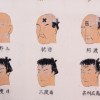 Criminals of Japan’s Edo Period Were Often Punished by Getting Face Tattoos
Criminals of Japan’s Edo Period Were Often Punished by Getting Face Tattoos Princesses, fruits, and blacksmiths: Study reveals the 30 most unusual family names in Japan
Princesses, fruits, and blacksmiths: Study reveals the 30 most unusual family names in Japan We try out “Chan Ramen”, an underground type of ramen popular in the ramen community
We try out “Chan Ramen”, an underground type of ramen popular in the ramen community McDonald’s new Happy Meals offer up cute and practical Sanrio lifestyle goods
McDonald’s new Happy Meals offer up cute and practical Sanrio lifestyle goods Japanese ramen restaurants under pressure from new yen banknotes
Japanese ramen restaurants under pressure from new yen banknotes French Fries Bread in Tokyo’s Shibuya becomes a hit on social media
French Fries Bread in Tokyo’s Shibuya becomes a hit on social media Studio Ghibli releases new action figures featuring Nausicaä of the Valley of the Wind characters
Studio Ghibli releases new action figures featuring Nausicaä of the Valley of the Wind characters Red light district sushi restaurant in Tokyo shows us just how wrong we were about it
Red light district sushi restaurant in Tokyo shows us just how wrong we were about it New private rooms on Tokaido Shinkansen change the way we travel from Tokyo to Kyoto
New private rooms on Tokaido Shinkansen change the way we travel from Tokyo to Kyoto Tokyo Tsukiji fish market site to be redeveloped with 50,000-seat stadium, hotel, shopping center
Tokyo Tsukiji fish market site to be redeveloped with 50,000-seat stadium, hotel, shopping center Beautiful Ghibli sealing wax kits let you create accessories and elegant letter decorations【Pics】
Beautiful Ghibli sealing wax kits let you create accessories and elegant letter decorations【Pics】 Studio Ghibli releases Kiki’s Delivery Service chocolate cake pouches in Japan
Studio Ghibli releases Kiki’s Delivery Service chocolate cake pouches in Japan New definition of “Japanese whiskey” goes into effect to prevent fakes from fooling overseas buyers
New definition of “Japanese whiskey” goes into effect to prevent fakes from fooling overseas buyers Our Japanese reporter visits Costco in the U.S., finds super American and very Japanese things
Our Japanese reporter visits Costco in the U.S., finds super American and very Japanese things All-you-can-drink Starbucks and amazing views part of Tokyo’s new 170 meter-high sky lounge
All-you-can-drink Starbucks and amazing views part of Tokyo’s new 170 meter-high sky lounge More foreign tourists than ever before in history visited Japan last month
More foreign tourists than ever before in history visited Japan last month New Pokémon cakes let you eat your way through Pikachu and all the Eevee evolutions
New Pokémon cakes let you eat your way through Pikachu and all the Eevee evolutions Disney princesses get official manga makeovers for Manga Princess Cafe opening in Tokyo
Disney princesses get official manga makeovers for Manga Princess Cafe opening in Tokyo Sales of Japan’s most convenient train ticket/shopping payment cards suspended indefinitely
Sales of Japan’s most convenient train ticket/shopping payment cards suspended indefinitely Sold-out Studio Ghibli desktop humidifiers are back so Totoro can help you through the dry season
Sold-out Studio Ghibli desktop humidifiers are back so Totoro can help you through the dry season Japanese government to make first change to romanization spelling rules since the 1950s
Japanese government to make first change to romanization spelling rules since the 1950s Ghibli founders Toshio Suzuki and Hayao Miyazaki contribute to Japanese whisky Totoro label design
Ghibli founders Toshio Suzuki and Hayao Miyazaki contribute to Japanese whisky Totoro label design Doraemon found buried at sea as scene from 1993 anime becomes real life【Photos】
Doraemon found buried at sea as scene from 1993 anime becomes real life【Photos】 Tokyo’s most famous Starbucks is closed
Tokyo’s most famous Starbucks is closed One Piece characters’ nationalities revealed, but fans have mixed opinions
One Piece characters’ nationalities revealed, but fans have mixed opinions We asked a Uniqlo employee what four things we should buy and their suggestions didn’t disappoint
We asked a Uniqlo employee what four things we should buy and their suggestions didn’t disappoint Mr. Sato’s day made from this gacha capsule toy with a special surprise【Pics】
Mr. Sato’s day made from this gacha capsule toy with a special surprise【Pics】 Mr. Sato tries to make himself invisible by wearing mirror paper, creates cool modern art instead
Mr. Sato tries to make himself invisible by wearing mirror paper, creates cool modern art instead Buying a can of coffee from an unmanned, AI-controlled kiosk in Tokyo
Buying a can of coffee from an unmanned, AI-controlled kiosk in Tokyo We try insect snacks from this vending machine in Tokyo, and get a bonus surprise in the capsule
We try insect snacks from this vending machine in Tokyo, and get a bonus surprise in the capsule Pretty Princess Sato: Our hero gets his makeup done by a pro, brings all the boys to the yard
Pretty Princess Sato: Our hero gets his makeup done by a pro, brings all the boys to the yard Mr. Sato dials a mysterious phone number he found tied to a lamppost in downtown Tokyo【Video】
Mr. Sato dials a mysterious phone number he found tied to a lamppost in downtown Tokyo【Video】 You can go surprisingly far on a single train leaving from Tokyo Station
You can go surprisingly far on a single train leaving from Tokyo Station Japan’s new eight-headed dragon license plates might be the coolest in the entire world【Pics】
Japan’s new eight-headed dragon license plates might be the coolest in the entire world【Pics】 Eating Tokyo’s most expensive pancakes required us to go through a security check
Eating Tokyo’s most expensive pancakes required us to go through a security check Mr. Sato stuffs himself at an all-you-can-eat bakery event and ascends to carb heaven【Pics】
Mr. Sato stuffs himself at an all-you-can-eat bakery event and ascends to carb heaven【Pics】 Mr. Sato goes to the Tokyo Auto Salon 2022… front gate【Photos】
Mr. Sato goes to the Tokyo Auto Salon 2022… front gate【Photos】 No dinner plans for Wednesday night? Why not eat a camel hump in Tottori, like we just did?
No dinner plans for Wednesday night? Why not eat a camel hump in Tottori, like we just did? Cosplaying in Tokyo as Beijing Olympics mascot Bing Dwen Dwen…Mr. Sato style【Photos】
Cosplaying in Tokyo as Beijing Olympics mascot Bing Dwen Dwen…Mr. Sato style【Photos】 Is that restaurant in Tokyo with the giant mecha crab sign any good?
Is that restaurant in Tokyo with the giant mecha crab sign any good? “Grilled corn” and “gyoza” flavored shaved ice sold at Saitama cafe
“Grilled corn” and “gyoza” flavored shaved ice sold at Saitama cafe Can lightning strike twice? We return to Tokyo’s host photo studio to crown the RocketHost 【Poll】
Can lightning strike twice? We return to Tokyo’s host photo studio to crown the RocketHost 【Poll】
Leave a Reply